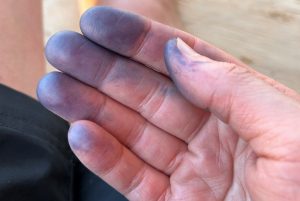This article is authored by Sean Brenner and originally appeared in the online edition of UCLA Magazine. To view more, click here.

| February 4, 2025
The color blue is all around us — from the sky and oceans to artwork and clothing and, of course, the logo of your favorite university. We can readily buy blue pens and blue paint; we can choose from thousands of shades of blue in design apps on our computers or cellphones.
But primal access to the color blue is a relatively new phenomenon. Compared with reds, greens and yellows, blue show up very rarely in nature. One of the few naturally occurring sources, the mineral lapis lazuli, was for centuries available only in Afghanistan; it was so precious that during the 14th, 15th and 16th centuries, it was reserved for special representations in European paintings.
And so for thousands of years, the production of the color blue has been the subject of intense study — even obsession — among both artists and scientists.
One scholar captivated by the pursuit is UCLA faculty member Thiago Puglieri, whose academic training gives him a unique perspective on the matter. Though he is a professor of art history, the native of Brazil earned his bachelor’s, master’s and doctoral degrees in chemistry.
“Blue is one of the most important and interesting colors we have in art,” he says. “Scholars have written that it was the last color to appear in nature. And it was so expensive because chemically stable blue pigments were rare and difficult to prepare.”

Puglieri’s primary scholarly focus is technical art history and conservation science — in particular, understanding and preserving the cultural heritage of Indigenous groups of Latin America and the U.S. His approach is to forge collaborations with Native communities, rather than swooping in from the outside to understand and conserve objects for them.
Given his training as a chemist, it was perhaps only natural that Puglieri became fascinated with how, in some cases — and even without modern technology — Indigenous communities extracted chemicals from plants and mixed them with metallic ions or other substances to produce blue colorants to use in creating art and decorating cultural objects.
So one aspect of Puglieri’s research is investigating the very chemistry of the color blue. In simplest terms, he uses basic scientific techniques to identify the “fingerprints” of specific molecules derived from anthocyanins, pigments that occur in plant tissue and that have been known since the 1800s to produce the blues, purples and blacks that appear in flowers.
Over the past few years, that research has led Puglieri to a remarkable discovery: a human-made dark blue colorant — the shade is almost black — used by the Tikuna/Magüta communities in the Amazon rainforest. The specific colorant, Puglieri says, was first described by an anthropologist in the 1950s, but it had never been explored by art historians or conservation scientists.
Until now. Puglieri is working to disseminate his findings through publications aimed at academics and at Indigenous communities. He’s also part of a team collaborating with Tikuna/Magüta teachers and artisans to develop educational activities for high schoolers in their communities.
“The materials we produce will use research about their art to teach scientific concepts, contextualized in their local knowledge,” he says. “And we want to ensure that these activities keep evolving even after our research project ends.”
The identification of another shade of blue is, to be sure, a cause for celebration. But Puglieri is perhaps just as energized by the prospect of bringing a new humanity to the fields in which he operates. “I’m proud to explore new approaches to promote more socially responsible and inclusive practices in technical art history and conservation science,” he says, “working with and for the Indigenous community.”
